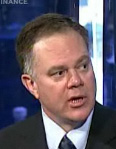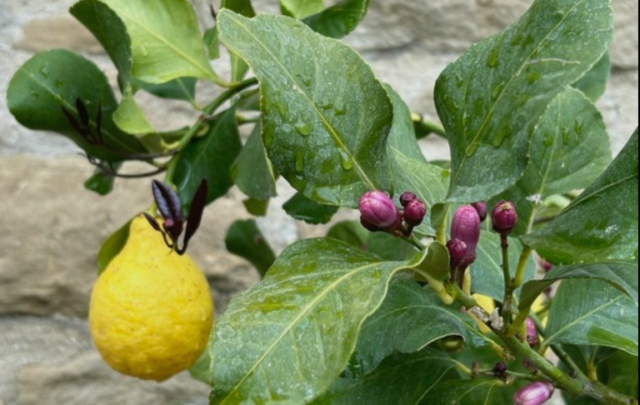These are merely my notes from the conference. I hope they will be useful to others as an index to the volumes of material that were covered. Any errors or omissions are undoubtedly mine. Please send any comments/corrections to me.
My coverage is no doubt incomplete because I can only type so fast and much of the material went by very quickly. Consider this document an index, and go back to the source presentations to double-check the data. If available, the slide decks are linked into the title of each presentation.
My personal comments are shown in [brackets]. (?) indicates information I wasn’t sure I got right. I have boldfaced selected comments that I thought were important.
Since no one can be in two places at once, I could only cover part of the split sessions that occurred simultaneously. I regret every session that I missed!
At the end of this document there is a key to abbreviations, links to more information and speaker bios, and selected links to others’ coverage of the conference.
Your humble scribe,
Chris Nelder
chris (at) getreallist (dot) com
Energy Analyst
http://www.getreallist.com
http://www.energyandcapital.com
Download the pdf (415 kb) here.
A few highlights follow:
Jason Bradford – “Sustainable Farming”
- Talk based on Sustainable Agriculture White Paper.
- Defining sustainable: use resources at or below regeneration rate without degrading them, plus fair distribution within and between generations.
- Ecological economics model
- The state of today’s food system:
- Pros: food is plentiful and cheap
- Cons: depletes non-renewable resources; degrades soil air and water; puts 5 billion pounds of harmful chemicals into environment per year; major GHG emissions; unhealthy & unsafe food; unstable economics; etc.
- [Great slide from New Scientist paper showing 24 “hockey stick” charts]
- We are reaching systemic limits: demand is increasing while stocks and arable land decline. Per capita arable land has essentially halved in the last 50 years worldwide.
- Fossil energy in the U.S. food system: 10.3 quads of energy consumed for 1.4 quads of food energy available. Tractors, artificial fertilizer production, seed production, trucking & refrigeration of food produced, processing & frozen foods, refrigeration, cooking. “The hubris of Wile E. Coyote”
- Feedlot food system is massively polluting. Waste is concentrated, corn & feed imported, etc.
- Food production system produces massive “dead zones” offshore where algae suck the oxygen out of water, create anoxic environment where nothing can live.
- Three crops comprise 71% of U.S. crop acres: corn, soybean and wheat. Monsanto, Pioneer and Syngenta (all basically chemical companies) dominate the seed industry with patented seeds. We’re setting up a situation where we have very low diversity.
- The food industry (e.g., meat packing) is highly concentrated with the vast majority concentrated into just a couple of companies. Total opposite of historical arrangement of millions of small family farmers.
- Half of U.S. crop subsidies went to corn between 2003 – 2005. 56% of corn went to feed animals, 18% exported, 13% went to make ethanol…
- Just-in-time food delivery system dominates. 1-3 days of supply all up and down the food distribution chain.
- Climate change poses a major challenge to the finely tuned temperature, rainfall, etc. of our highly concentrated food regime.
- Must restore diversity of natural web, use diverse rotation system, cycle through pasture…
- Organic methods can feed the world. Organic has about 30% yield advantage over commercial farming. Organic also has more resilience to stress, less volatility.
- Can we scale the transition to organic to the whole country, to the world? Only 0.5% of cropland is organic in the U.S.; most of the organic food is imported.
- Costs and benefits of conversion to organic: premiums of 50 – 200%, higher value crops, less fertilizer input costs, etc.
- CSA farmers typically earn 2.5x of what conventional farmers make.
- Total U.S. farmland property value: $1.9 trillion. Average family spends 10% of its income on food (probably the lowest cost in history). Only $0.17 per dollar spent gets to the farmer.
- Picturing a sustainable food system:
- Instead of tilling, use no- or low-till methods (rolling, crimping).
- Instead of importing ammonia fertilizers, fix nitrogen using legumes.
- Instead of being forced to buy GMO seeds every year, farms should be allowed to grow & save their own seeds.
- Pest and weed management can be done using natural methods.
Gail Tverberg – “What’s Ahead? Two Scenarios”
followed by notes
Rick Munroe, “Government Plans for Liquid Fuel Emergencies”
followed by notes
and many others…






